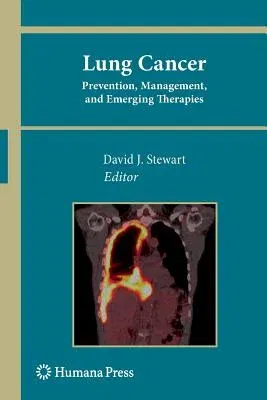Lung Cancer:: Prevention, Management, and Emerging Therapies (2010)Paperback - 2010, 6 April 2012

Qty
1
Turbo
Ships in 2 - 3 days
In Stock
Free Delivery
Cash on Delivery
15 Days
Free Returns
Secure Checkout

Part of Series
Current Clinical Oncology
Print Length
538 pages
Language
English
Publisher
Humana
Date Published
6 Apr 2012
ISBN-10
1617796840
ISBN-13
9781617796845
Description
Product Details
Book Edition:
2010
Book Format:
Paperback
Country of Origin:
NL
Date Published:
6 April 2012
Dimensions:
23.39 x
15.6 x
2.87 cm
ISBN-10:
1617796840
ISBN-13:
9781617796845
Language:
English
Location:
Totowa, NJ
Pages:
538
Publisher:
Series:
Weight:
771.11 gm